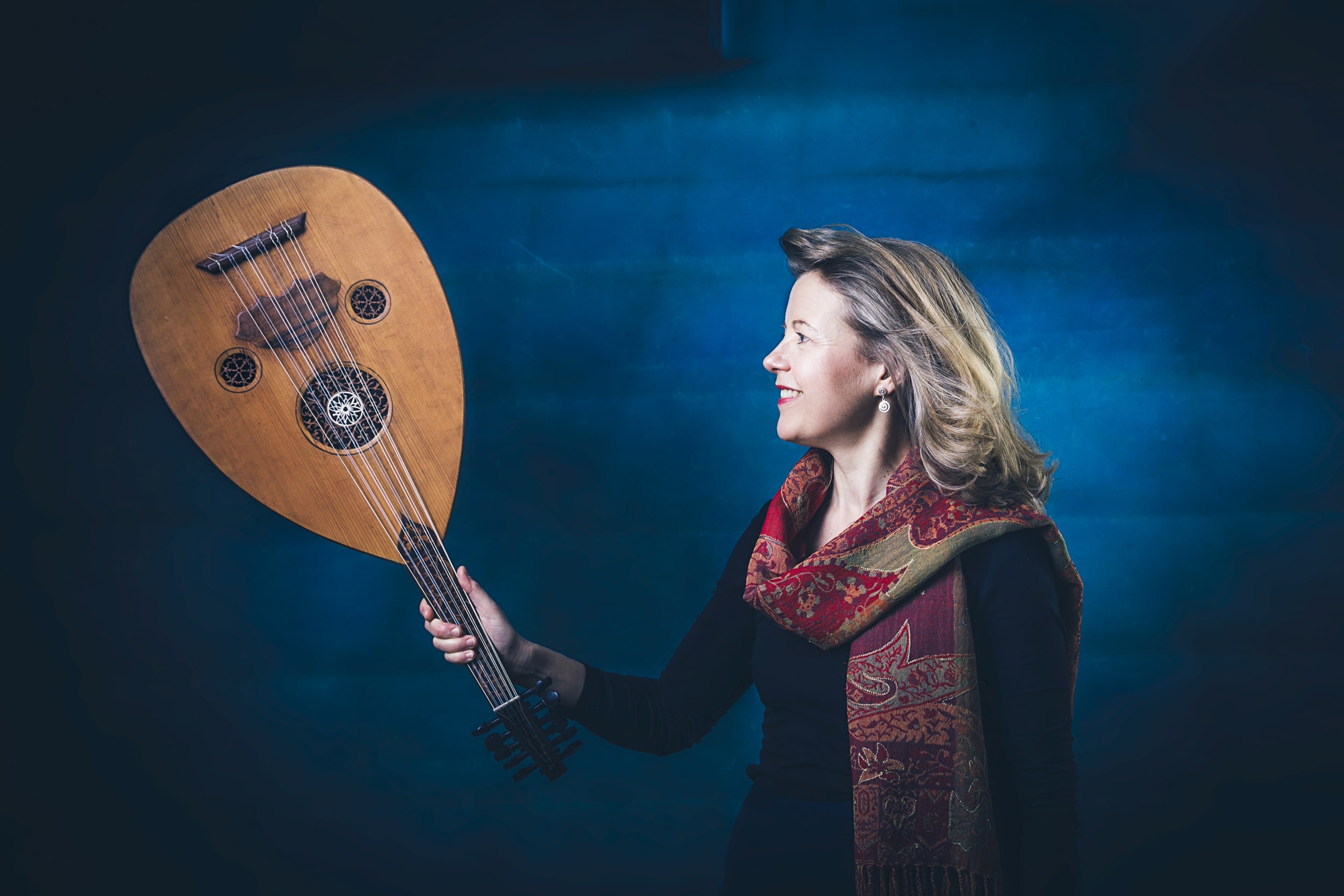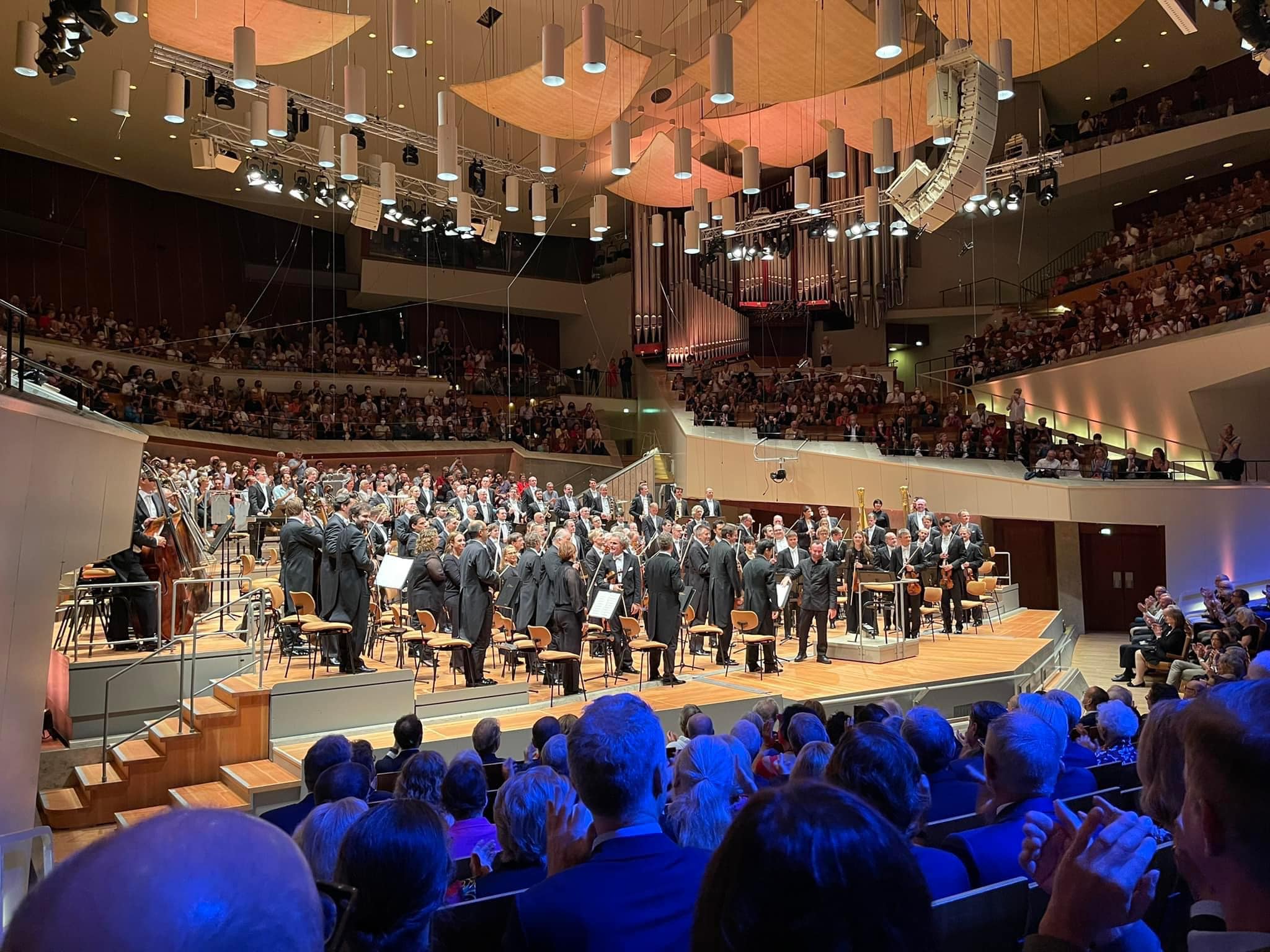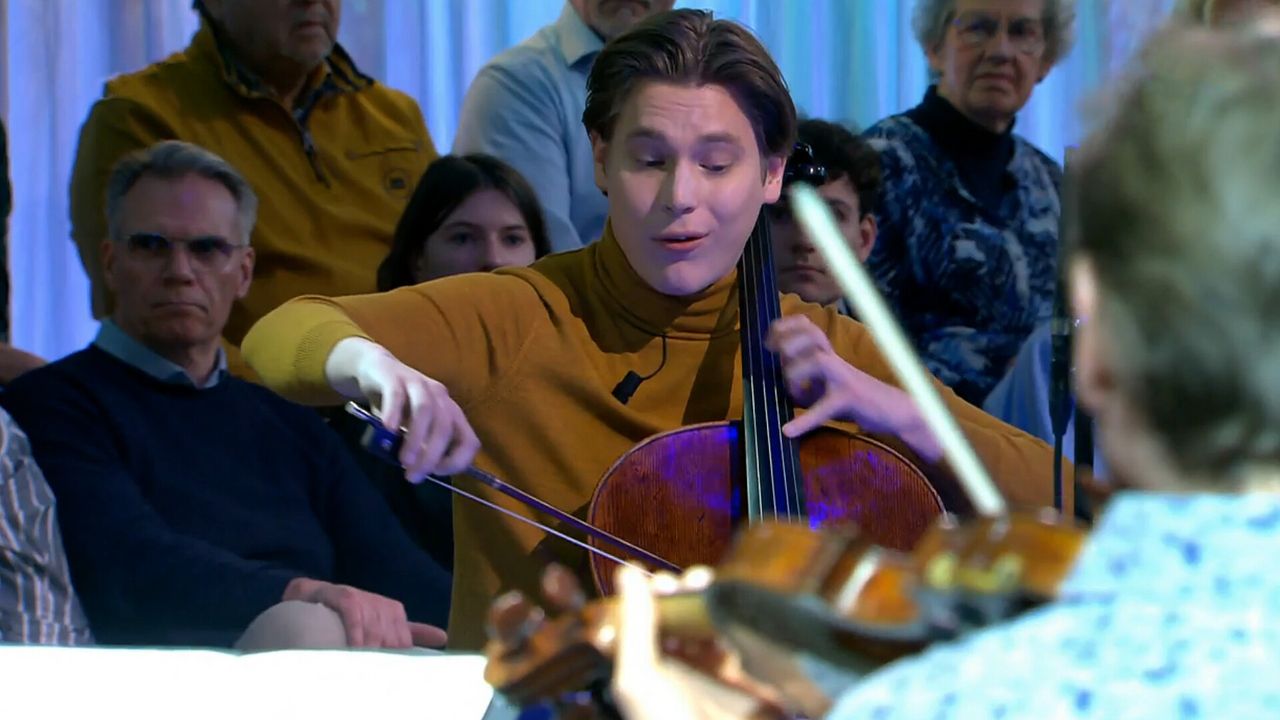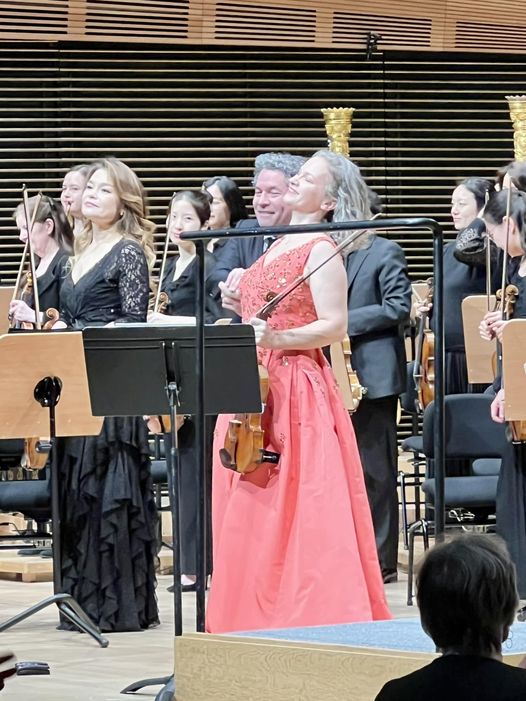An instrument made of human bones
Daily Comfort ZoneWe asked the composer Rachel Beckles Willson to tell us something about her forthcoming book on the oud, a Middle Eastern antecedent of the medieval European lute.
Here’s what she reveals.
The Oud: An Illustrated History.
By Rachel Beckles Willson
Nov. 2023. 256p. illus. Interlink Publishing (ISBN 9781623717520).
https://www.amazon.co.uk/Oud-Illustrated-History-Beckles-Willson/dp/1623717523/
The opening chapter of my book is entitled ‘From death to life’ and it recalls the Iraqi origin legend of the oud: Lamak, descendent of Cain, hung his deceased 5-year-old son’s body on a tree, intending to look at it until it dispersed or he himself died. But as he watched the bones emerging from the withering flesh over time, he had an idea. He took the remaining bones and sinews down and built a musical instrument from them–the oud. He then played it, wept, and sang the first lament. His daughter Sila became a maker of stringed instruments and drums. Many musical instruments connect us directly with the threshold between life and death, but the case of the oud is both visceral and topical.
The journeys and stories of the oud are wide-ranging. We can trace it to 1st-century Gandhara, a region on the Kabul and Swat Rivers of present-day Afghanistan and Pakistan, where it seems connected to Buddhist veneration of the nagas (deities in the form of serpents). It emerges more prominently in Persia, in the reign of the Sassanid Kings in the 6th century. It probably travelled then among Byzantine and Arab courts, becoming a central instrument for the qaynat–literally “singing girls”–in urban centers of the Hijaz.
There were multiple designs and sizzes of oud, and they found their way into southern Spain and Italy from the establishment of the Caliphate in the 9th century. An illustrated manuscript of the Cantigas de Santa Maria, a collection of 420 songs with music notated during the reign of Alfonso X of Castile in the 13th century, reveals ouds with nine strings played by women and men. By then it was travelling northwards, so the Spanish laud was becoming the French luth, and the German Laute, the Italian lauto or liuto, and the Flemish luit. Thus the oud is one of the strongest links between Asian and European traditions.
As I also point out, the oud has been painfully entangled in divisive colonial practices, but it has also been at the heart of richly diverse communities. In 12th-century Sicily, Palermo was a space of interaction between Christian, Jewish, and Muslim populations. Music at the 16th-century Ottoman court was composed and played by people identified as Armenian, Greek, Jewish, Indian and Persian as well as Turkish. Instrument makers in 19th-century Tunisia were frequently Jewish.
In late Ottoman Smyrna and Salonika (Thessaloniki), the settings for music were often the drinking and hashish bars of the impoverished underclass, where communities were mixed, including Arabs, Armenians, Jews, Romani, and Turks. They included students and intellectuals, family men and workers, visitors and travelers, and even Orthodox church cantors. There was also an overlap with the world of Jewish chant. The Sephardic Jewish cantor Sadhik Gerson, who served at the Beth Israel Synagogue, also played oud and santur, and sang the secular genre amanes.
Despite restrictions on female performers that were part of the Arab and Ottoman cultural sphere, the presence of female oud players in the early recording catalogs from Istanbul–Armenians, Jews, and Roma–suggests that the oud was played by women quite widely, whether or not they could do so on stage.
The illustrations (over 100) in my book tell their own stories: the oud is there among rich and poor, adults and children, women and men, and in regal, commercial and private settings. It is decorated or plain, hand-made or factory produced, of cedar and rosewood or carbon fiber. Readers can follow the QR codes to listen to the myriad ways in which it can be played. The oud belongs to no one and everyone, and it connects our manifold traditions. It is an instrument for our time.
—
Rachel Beckles Willson is an award-winning multi-instrumentalist, composer and researcher. She is Professor at the Academy of Creative and Performing Arts at Leiden University and Codarts University of the Arts, Rotterdam. www.rachelbeckleswillson.com






Too bad Mahler didn’t use an oud in Das Klagende Lied.
Made of human bones … how absolutely revolting!
Extraordinary and enlightening – thank you.
Repulsive
Love her work! Thanks for this preview.
The Boran is played by bones. Bones have been used to make music since the Stone age folks, wise up.
The flautist and renowned pedagogue Trevor Wye has a ten thousand year old flute fashioned from a human tibia – and plays it! https://youtu.be/Dy_S8wK1cIM?si=NP7-cG8_8N2nTMBN
Hmmm.
I like the origin story of the harp better, the one where Orpheus repurposes a hard-boiled egg slicer.